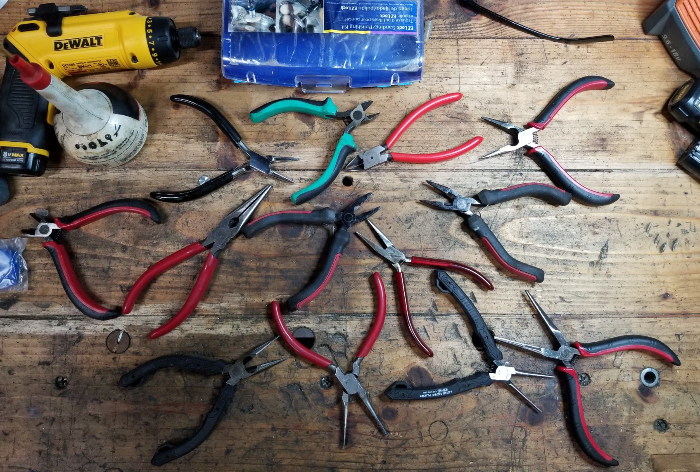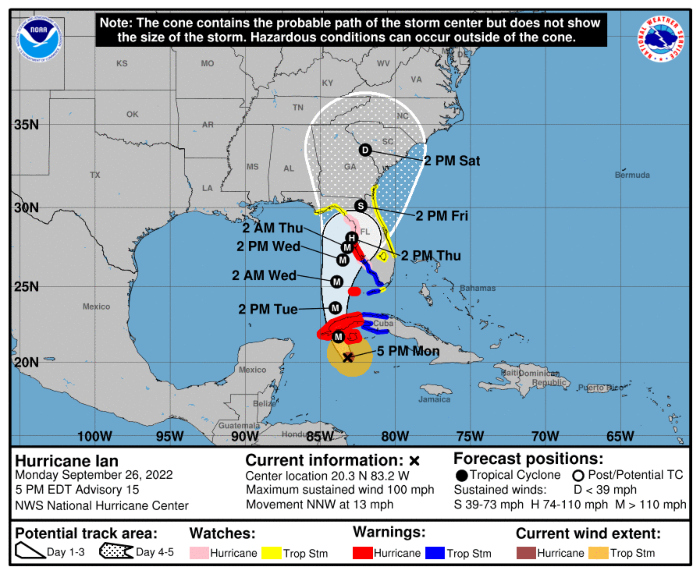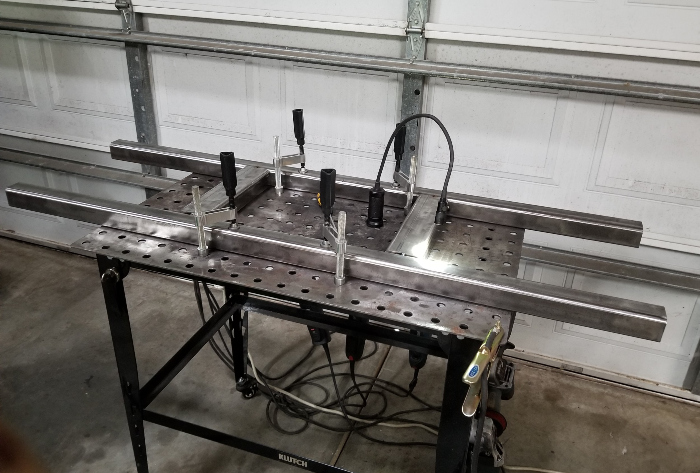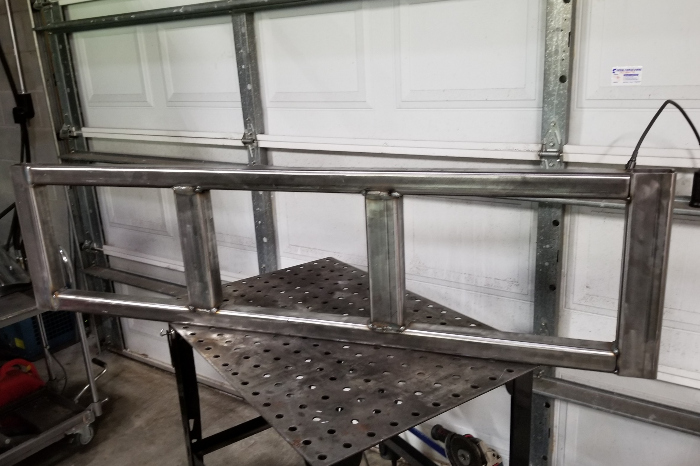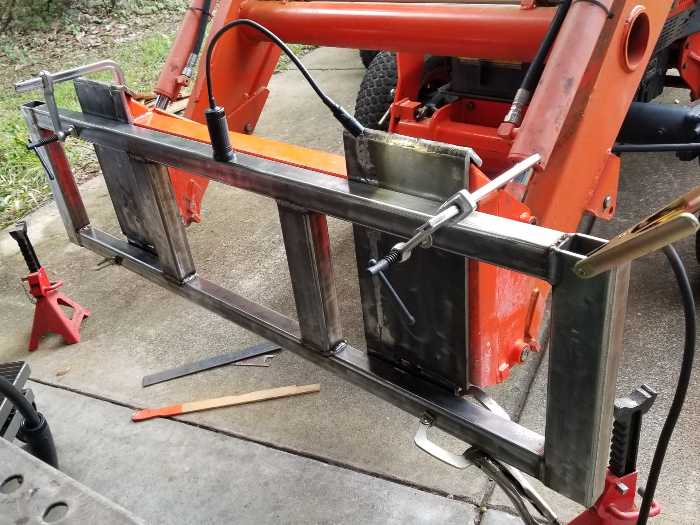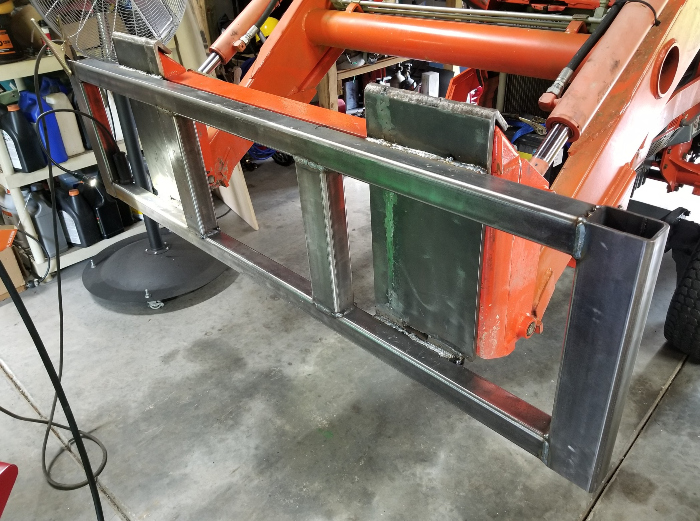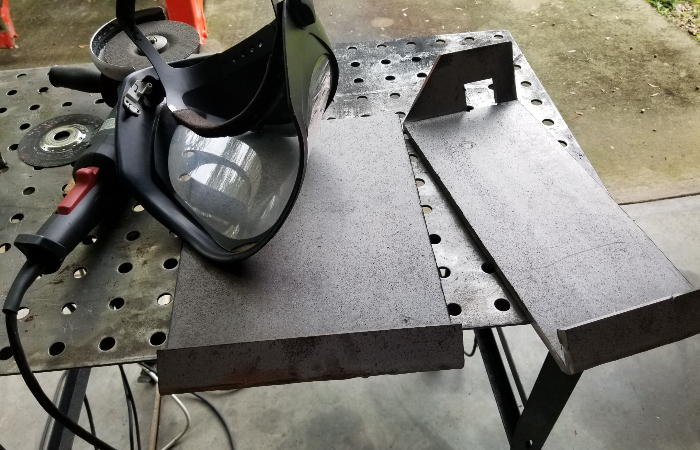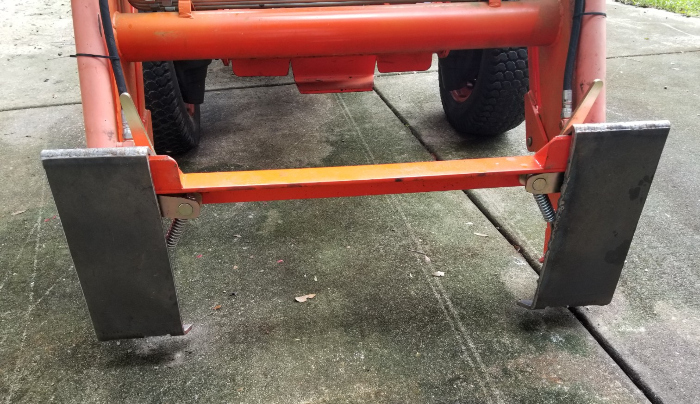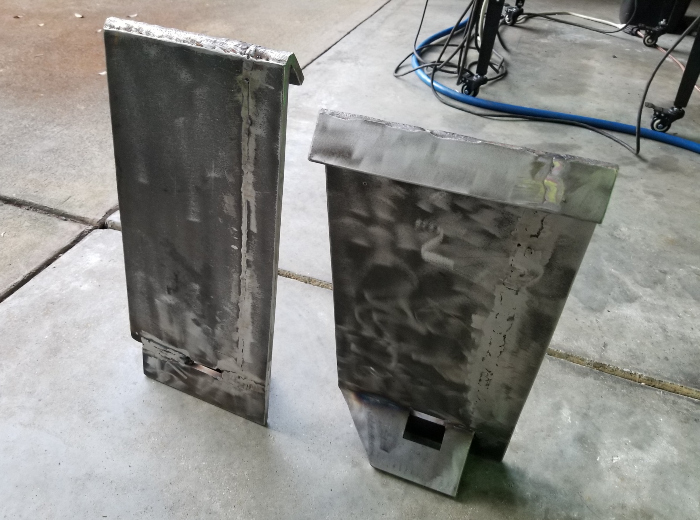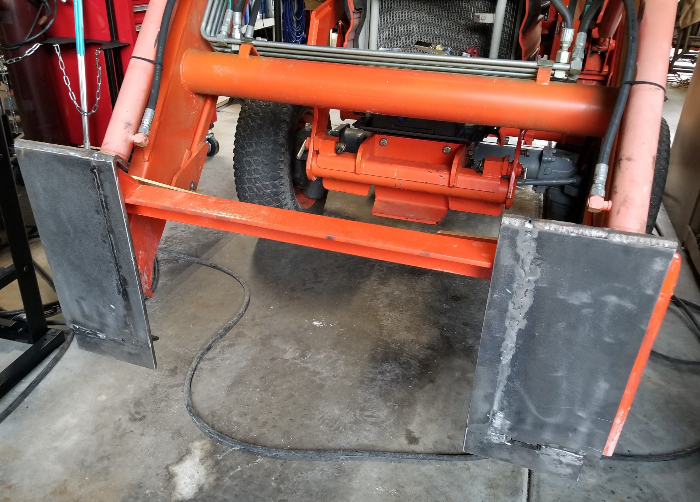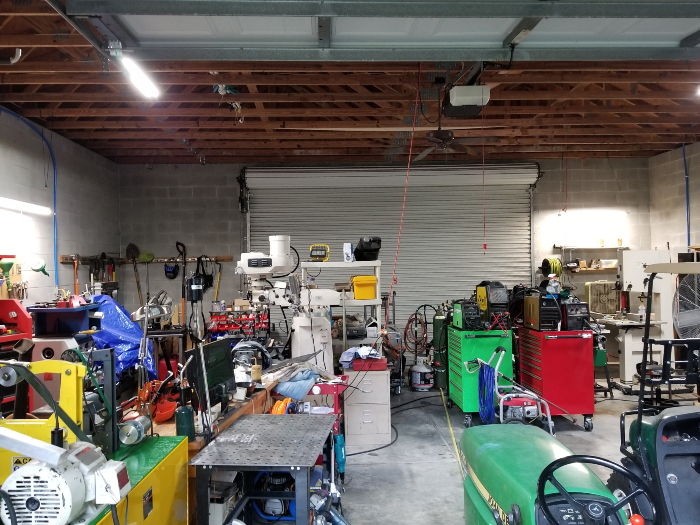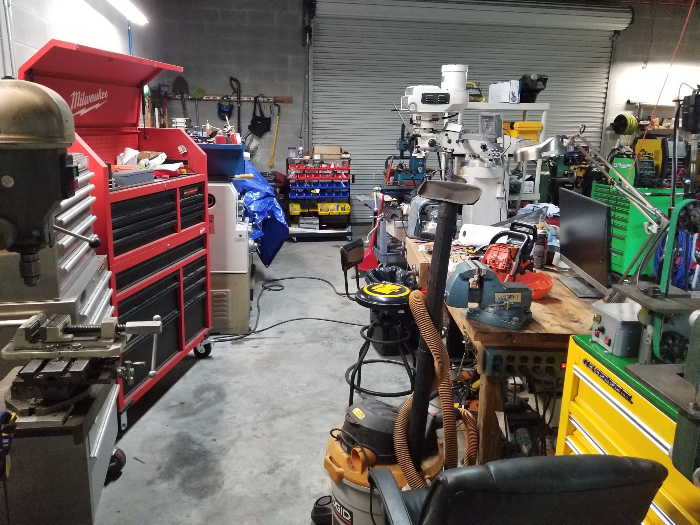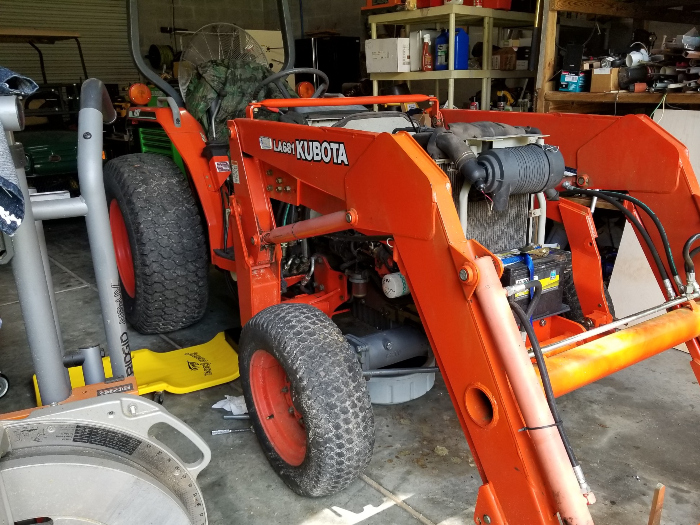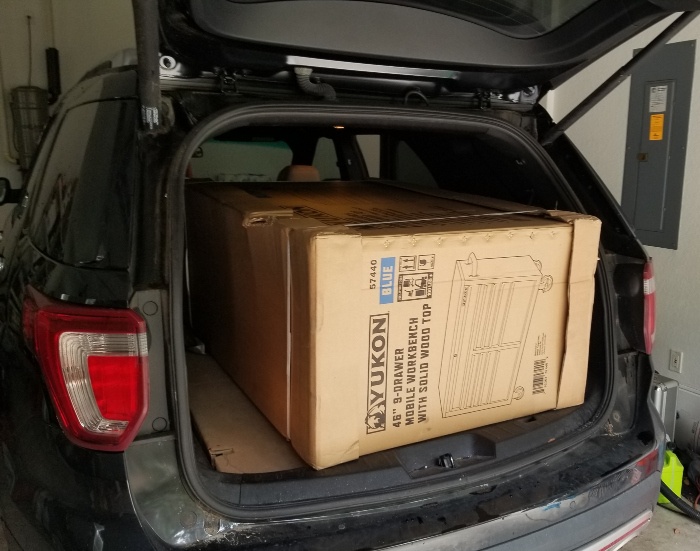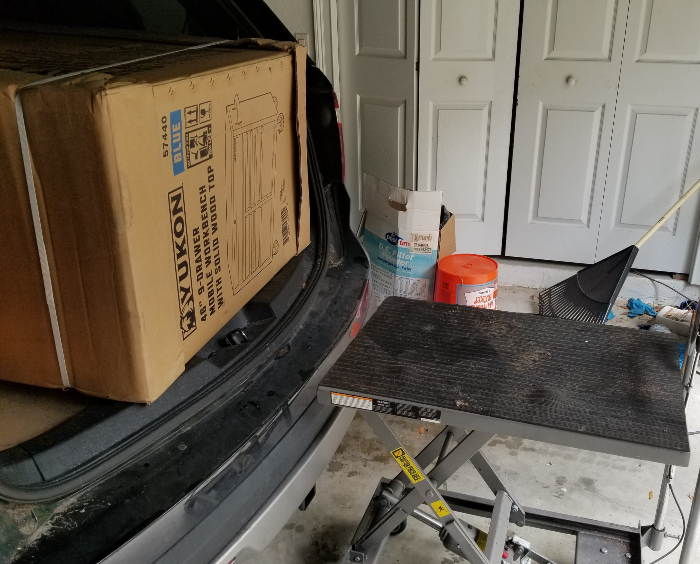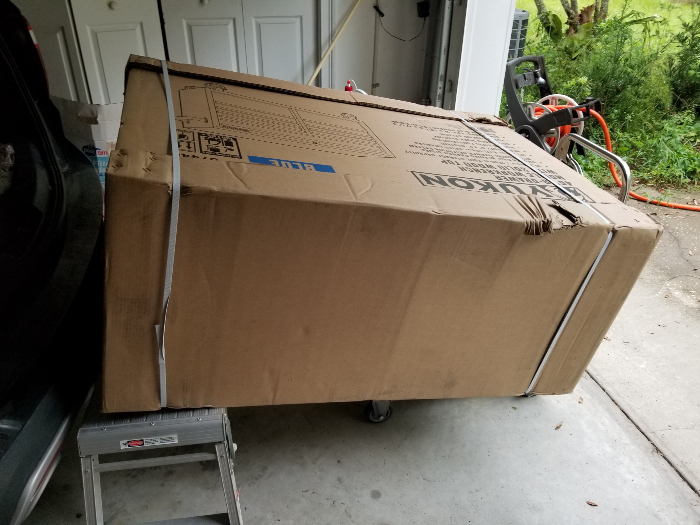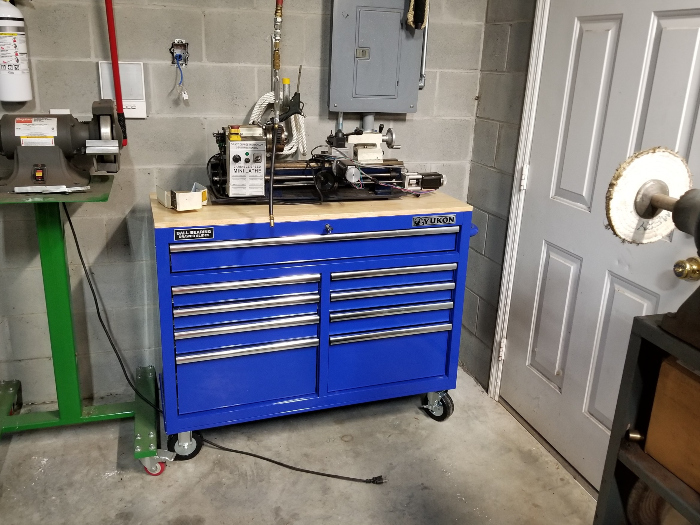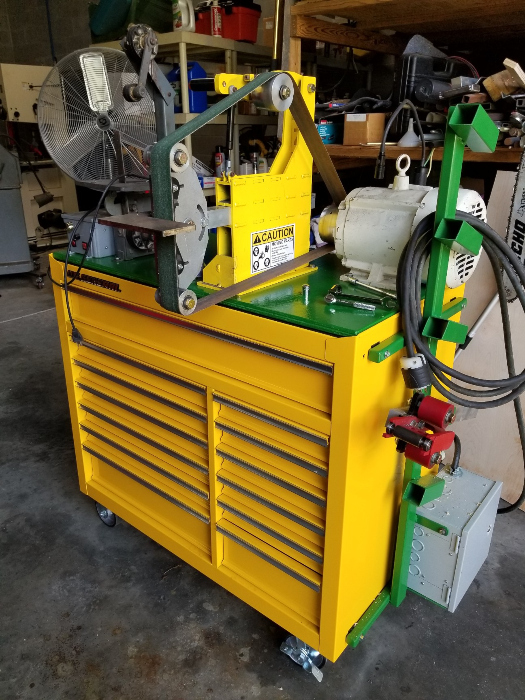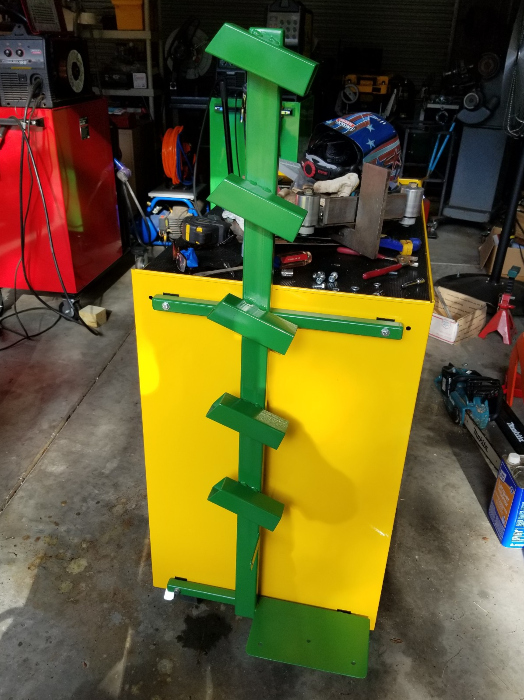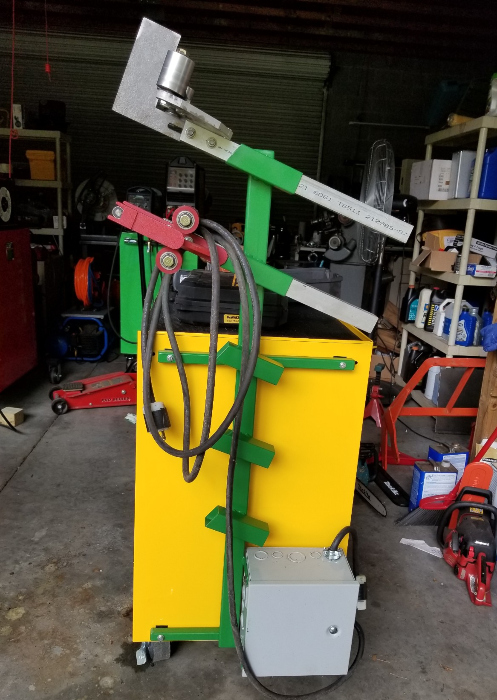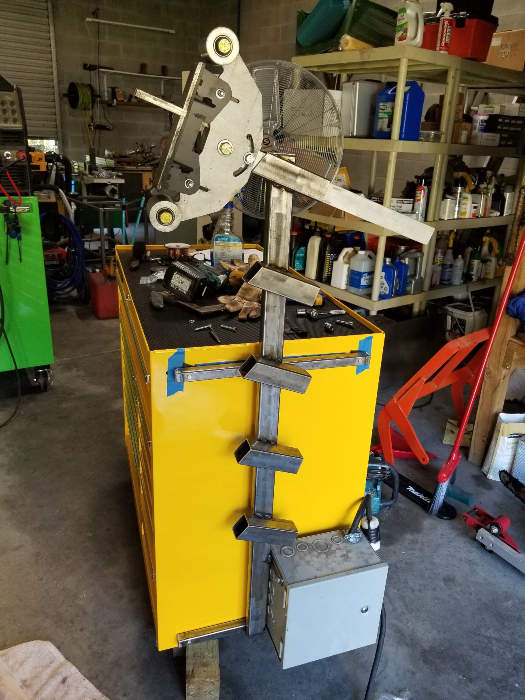New Insight on Musk’s Love-Hate Relationship With Customers
Sunday, October 16th, 2022I Get It
I have more input on Starlink Junior, my new ISP.
I put the dish up last week, and I have been doing speed tests. I put the dish in my old Dish dish mount, and then I rigged up a dubious pole to raise the dish another 8 feet.
Sometimes my download speed goes up to around 60 megs. Usually, it’s closer to 10. It has tested as low as three. The high figures are way better than anything I get from AT&T, the company from which my old connection was bought. The low figures aren’t much worse than the performance AT&T provides when things aren’t going well. AT&T doesn’t seem to like heavy rain.
Uploads with Starlink are pretty bad. I have seen 15 Mbps, but I think three is more typical.
I still think I’ll hold onto Starlink. It should improve, and the more time I spend online, the more it seems smoother and more reliable than AT&T. The old upload speeds I got were pathetic, so Starlink uploading doesn’t seem like a downgrade.
Musk needs to provide more help with locating dishes. They should send people out to look around. I have to guess where to put the dish. The phone app that detects obstructions doesn’t really work.
Should I turn my dish a little to the right or left? I don’t know. Should I put it on the other side of the house? Should I buy a 50-foot tower?
The Starlink stuff is like the monoliths in 2001. You can’t ask it questions. It just sits there and does what it wants. No explanations. No manual.
I feel like I bought an Apple product or a German car. “SHUT UP! We do the thinking for you! It’s good enough for you!”
Starlink somehow relies on cell networks to do uploads. I can’t find good information on how this works. At first, I thought maybe it was downloading straight from satellites and uploading to local cell towers, but that can’t be right, because Speedtest tells me it’s uploading to places like Gainesville and Atlanta. It appears I am sending uploads to space, and from there they go to ground stations. If this is true, then why are uploads so slow?
Is my little dish too weak to shoot a good signal up to the motherships, or are the motherships slow when they shoot my data down to the ground stations? No idea.
Speaking of German cars, my friend Mike continues to have fun with the Mercedes lemon he bought.
This thing has been going into “limp mode” for something like a year, for no discernible reason. Mercedes dealerships can’t figure it out. He has spend a lot of money on parts. Right now, he’s visiting New Hampshire, and he has no car because the wiring caught fire.
They’re telling him he may need a new wiring harness, and the cost would be $20,000. For wires. The car only cost him $27,000. He doesn’t know the whole story, because the dealership that has the car won’t get to it until Tuesday. Is it possible to get a wiring harness during Biden’s reign of inflation and shortages? No idea. What if they have to keep the car a month?
He took a trailer with him. He was going to fill it with his belongings and bring it down here. If the work takes a month, what happens to the trailer? And where is he supposed to stay?
I do not like German cars. They are as overrated as Wonder Woman and The Black Panther. They are very unreliable, working on them is a nightmare, and parts are astoundingly expensive.
I don’t know why people think the Germans are good at engineering. They’re not. They do a very good job of making things that don’t work. Making things cute and clever and pretty is only part of engineering. The primary goal is to make them practical, so German engineers are not very good, regardless of how impressive their products are when they work.
This is not new. Porsche lost the contract for the Tiger tank. Another company built a competing prototype, and Porsche’s prototype–a hybrid (seriously)–broke down and got stuck during the trials. The competitor offered to use its tank to pull the Porsche free.
Oh, yeah. There is no substitute.
Daimler-Benz made the Panzer, and it helped lose the war for the Germans because it was always in the shop. I’m not kidding. Look it up. When Panzers broke down, they were a nightmare to fix, but a tank crew could replace a Sherman engine in the field in a few hours. Shermans ran. The disparity is one reason we were able to field more tanks. People say the Panzer was better than the Sherman, but Shermans obliterated a whole lot of Panzers, as did Soviet T-34’s. Allied tanks proved better in terms of winning wars.
Incidentally, it’s not true that Shermans burned easily. It’s a myth. And the crew of a burning Sherman could escape in less than 5 seconds. To get out of a burning Panzer, you had to fill out forms, have them stamped by the local burgermeister, mail them to Berlin…well, not really, but it took a very long time, so you were just about certain to be burned to death.
The Japanese do better than the Germans. The Germans will never be able to match Toyota engineering. A Porsche can go around the Nurburgring faster, but the Toyota will go around it 23,000 times with basic maintenance, and the Porsche will be lucky to complete 5 laps.
Mike’s battery died the other day, and I helped him replace it. Guess where they put it? Under the passenger seat. You can’t fully expose the battery hole without removing the seat. Mercedes didn’t put a strap on the battery to lift it out of the hole, so there was no way to grip it. We had to cut slits in the carpet to move it. No joke.
I replaced two batteries in my big Dodge in less time.
Maybe I’ve written about the Mercedes before. Can’t recall. I really do not like German cars.
Another friend of mine bought a used Mercedes, and she liked it because it was cheap. Then it needed a trivial repair, and she couldn’t afford it. The parts cost too much.
This, incidentally, is why you don’t buy a $5000 vintage Bentley.
Or any BMW Mini Cooper.
If German cars were any good, they would hold their value, and they don’t. Mike’s car had low miles when he bought it, and his $70,000 vehicle only cost $27,000. What does that tell you? I can get most of what I paid for my diesel Dodge, and I bought it in 2009, 13 years ago. It has three times the mileage it came with. Doesn’t matter.
It’s worth a lot more than Mike’s $70,000 2014 diesel Mercedes with lower mileage. Think about that.
Musk needs to communicate with customers. Oddly, by making Starlink a product that does everything itself, he has made it necessary for customers to do things they shouldn’t have to do.
I found out about splicing the Starlink cable. It’s just standard Cat5 data cable, covered in a rubber sheath and imprisoned in Musk’s cruel proprietary connectors.
It’s really dumb. If Musk had done things right, he would have used plain old Cat5 connectors and made things easier for everyone. No, in a quest for needless control, he made his own connectors, which are probably patented so no one can sell them cheaper except the Chinese.
Because of what he did, running a cable through a wall requires a 1″ hole instead of a 1/4″ hole.
Or does it?
Being a clever person, I am not afraid to cut Musk’s cable and splice it myself. You just sever it and put your own Cat5 connectors on the cut ends. You can’t connect it to the dish or router without modifying them, but you can run it right through a 1/4″ hole, and you can add all the length you want. You can even cut into existing cables already present in your house.
Take that, Tesla Boy.
If you want to know how to splice Starlink cable, go to Youtube and find out.
I already have the things I need to do my splicing, so I’m going to cut the cable and run it through my obsolete cable TV hole.
I don’t know of any way to hardwire the router to my existing Ethernet wiring, but I’ll be looking into it. Wireless everything is inferior to hardwired everything. Wireless connections are a downgrading concession to reality. If hardwiring were always practical, no one whose data and speed were important would have any interest in wireless.
If you could put a wire on your phone, your calls would never drop, and your speeds would be incredible.
I installed my first wireless printer yesterday, which is why I posted a crabby rant about new tech products. The installation should have taken 10 minutes, but Brother turned it into a painful ordeal lasting over an hour.
Anyway, one less cable to deal with, and now I can scan things without going to my office.
Brother put a ridiculous password on my printer, and I had to use it more than once. I had to turn the printer over, put on my reading glasses, read the tiny password label, and transcribe the password to a file so I wouldn’t have to turn the printer over any more.
Here is my printer password: password. Want to hack it? Knock yourselves out. I wanted to forgo a password or use “1,” but [Big] Brother wouldn’t let me.
If you can get close enough to my house to get a printer signal, you can print whatever you want, but don’t forget that wireless range is a lot smaller than rifle or pistol range, and you will be well within Florida’s open-season-on-trespassers radius.
I can bury you in 10 minutes. I have a tractor.
It’s time to go ahead and do the splice so I can shut my upstairs window and run the Starlink cable through a hole. Then I’ll probably find out I put the dish on the wrong side of the house.
